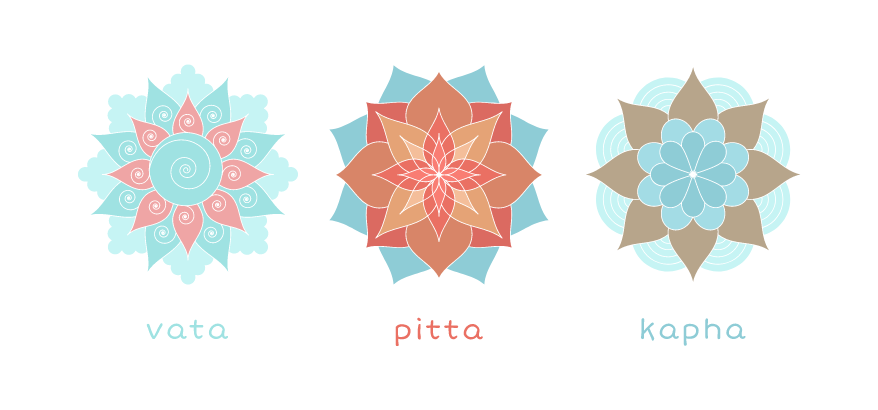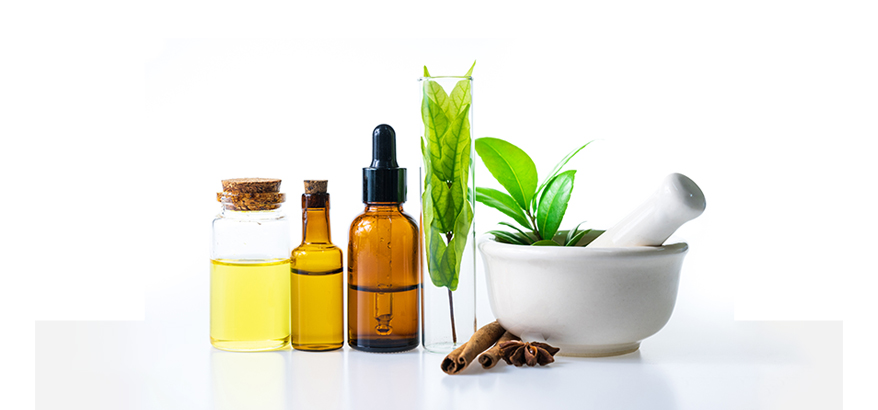Ayurvedic Skin Care Guide on Skin Types
According to Ayurveda, the five sense organs are the portals via which one can gain knowledge of the world around them. The skin is one of the most important sense organs because of its role as an organ of touch. People often use a person’s skin condition as a proxy for their general health.
Many people can benefit from taking Ayurvedic skincare supplements, but before choosing one, it’s important to learn about all the factors that should be taken into account. The first step in any Ayurvedic skin care regimen is identifying the dominant dosha of the patient, just as it is with any other Ayurvedic treatment.
Vata, Pitta, and Kapha skin types each have their own unique characteristics and issues. Finding the ideal balance of these Doshas in the human body determines the type of skin and the diseases that could occur.
Understanding your Ayurvedic skin type
For thousands of years, people have followed the principles of Ayurveda, which hold that the mind and body are governed by opposing forces known as Vata, Pitta, and Kapha. In Ayurveda, your Ayurvedic skin type and the state of your health depend on the relative strengths of the three Doshas at any given time. Vata, Pitta, and Kapha dosha balances, and their respective polarities, vary from person to person.Identifying a patient’s predominant Dosha and then tailoring a treatment regimen to their lifestyle, diet, and other circumstances is central to Ayurvedic skin care. In order for the organs and the body as a whole to function normally, the Doshas must be in harmony.
As with other Ayurvedic treatments, the Dosha provides a key to understanding skin problems. Let’s take a look at the unique ways in which each of the three Doshas influences the skin.

Vata Dosha
Vata skin tends to be rough and dry, thus it needs to be moisturised frequently. This skin type responds well to moisturising products that include a moderate amount of oil. It has also been found that Ashwagandha pills are helpful for this skin problem.
Pitta Dosha
Pitta skin is the polar opposite of Vata skin in terms of Dosha. A person with a Pitta dominating Dosha may have oily skin and be more prone to allergies and other skin conditions. This skin type requires cooling treatments like Sandalwood and Aloe Vera.
Kapha Dosha
Kaphas have complexions that are very close to those of Pittas. Acne and other skin problems are more common on oily skin. Exfoliation is especially helpful for this skin type. One may be familiar with other, more widespread spellings. The common and short names for each type of skin are listed below.
Dry skin

“Dry” skin is characterised by a lower sebum production compared to “normal” skin. Due to a deficiency of lipids, dry skin is unable to retain moisture or act as a barrier against environmental aggressors. The absence of sebum is the primary cause of this. This compromises the effectiveness of the barrier. There is a wide range in the intensity and types of dry skin (Xerosis), making accurate diagnosis difficult. The skin’s moisture is dependent on perspiration and the amount of water reaching the dermal layers.
Normal skin
Skin that is in a healthy, normal state. The T-zone (the area between the forehead, nose, and chin) of someone with this skin type may be greasy. Regardless, the balance between sebum and skin hydration has been maintained. Under these conditions, the skin would be neither too dry nor too greasy. The pores in normal skin are small, and the skin itself is smooth and velvety. This promotes healthy blood flow.
Oily skin

The phrase “oily” often refers to skin that generates more sebum than average. Larger, more noticeable pores that reflect light are a common sign of oily skin. One of the other features is a fair skin tone. Under these conditions, it may be impossible to see the blood vessels. Oily skin is prone to blackheads, whiteheads, and other kinds of acne. Acne can appear everywhere on the body, not just the face, and might be mild.
Combination skin
Variations in the width of the T-zone and the fullness of the cheek area are common among people with these skin types. The oilier areas of a mixed skin type are caused by an excess of sebum. Possible causes of dryness in combination skin include insufficient sebum production and a lipid deficit.
Exfoliate your skin using natural ingredients
Exfoliation is vital to the upkeep of clear, healthy skin. Physical exfoliants include Ayurvedic scrapes and masks, while chemical exfoliants include fruit acids. The exfoliating properties of salt are well-documented. As an alternative to harsh chemicals, salt can be used to exfoliate the body and get rid of dry, flaky skin. Sugar scrubs are a common method of exfoliation. If you want to lessen the impact, sugar is better than salt.
Nourish your skin with herbal oils
Oils extracted from herbs have inherent healing, moisturising, and blemish-fighting capabilities. Even severe skin conditions like eczema, psoriasis, and acne may be alleviated with the use of the right oil. Ayurvedic oils’ calming and restorative effects might help alleviate stress, a known skin irritant.
Use Kumkumadi Oil
Kumkumadi Oil, also known as Kumkumadi Tailam, is an essential Ayurvedic oil used for skin care. This one-of-a-kind oil is formulated with a blend of Ayurvedic skin care herbs and essential oils. It’s non-irritating to the skin and has therapeutic uses as well as cosmetic ones. In addition to its nourishing effects on the skin, kumkumadi oil serves as a toner, cleanser, and moisturiser.
Use Winsoria Oil

Hyperkeratinization, inflammatory responses, silvery scales, and skin discolouration are all indications of Psoriasis, and Winsoria Oil has been shown to significantly alleviate these conditions. Winsoria oil’s Phyto-ingredients—specifically, Manjishta, Vidapala, and Sariba—combined with a coconut oil base prevents skin itching and stops the formation of blisters and scales.
Psoriasis is characterised by redness, rashes, and the development of silvery plaques on the skin. Winsoria oil is an effective remedy for psoriasis. The Winsoria oil’s anti-inflammatory qualities keep the affected area from drying out. Winsoria oil is effective against all forms of psoriasis.
Use Nalpamaradi Keram
Sunburn, pigmentation, and dull skin can result from prolonged exposure to sunlight. Nalpamaradi Oil, an Ayurvedic remedy, is a risk-free, all-natural option for treating this issue. Nalpamaradi keram is an anti-tan and anti-sunburn oil that can be used all over the body. This is an ayurvedic approach to skin care. It has “Varnya” herbs in it that assist get rid of a tan and bring out your skin’s natural glow. Haridra, or turmeric, has sun-protective and spot-fading properties. The bark of four different Ficus species is called nalpamara, and it is used to make the skin glow. Skin rejuvenation can be achieved with the use of cooling and calming herbs like vetiver or usira, while tan removal can be accomplished with the use of Indian gooseberry or amla.
Internal Medication for healthy skin
Manjishtadi kwath
Manjishtadi kwath is a blood purifier used in ayurveda medicine for the treatment and cure of skin conditions. Herbs used in Ayurvedic medicine for skin care and blood purification, such as Rubia (Manjistha), Neem (Nimba), and Gooseberry (Amla), were incorporated into the formula. As an ayurvedic remedy, it can be used to treat skin problems like acne. Millions of individuals all over the world suffer from eczema, and this ayurvedic remedy can help alleviate their symptoms.
Also Read: Ultratech Cement Q1 results: Net profit rises 6.6% to Rs 1,688 crore
Mahathikthaka Ghritham
The herbal ghee Mahathikthaka Ghritham has been shown to be beneficial for skin health. To do this, a blend of tikta, or bitter herbs, is used. Since the blood is so intrinsically linked to the pitta dosha, maintaining a healthy level of pitta is essential for keeping the blood clean. Blood purification with Mahathikthaka Ghrita leads to radiant, healthy skin.





